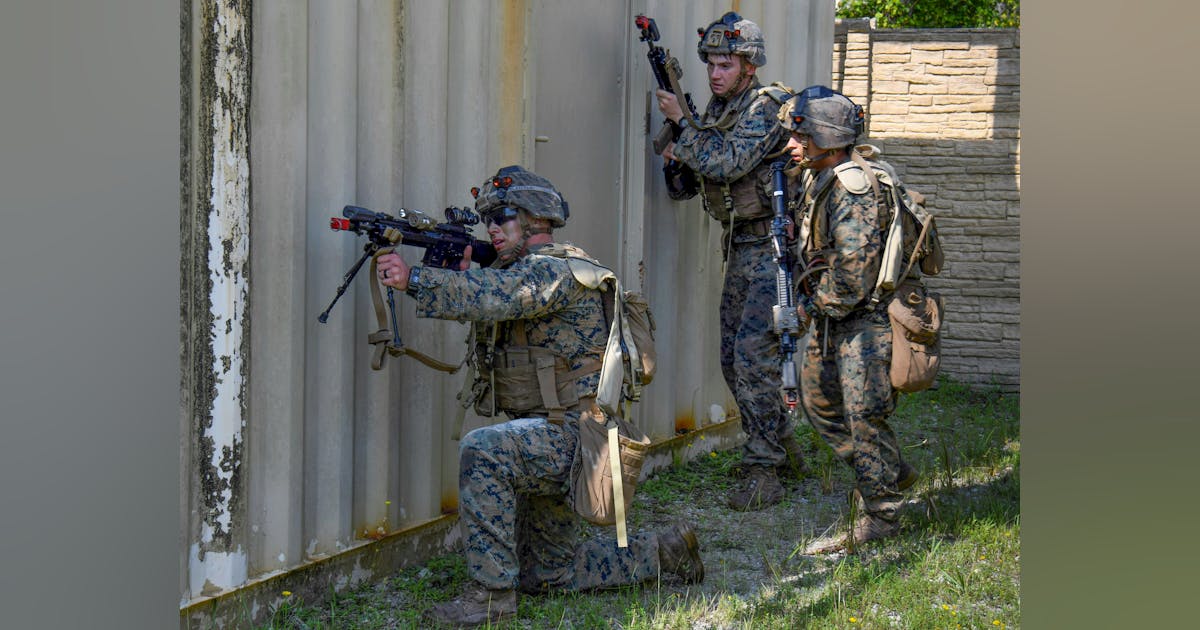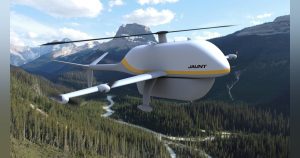Saab’s Open-Systems-Design Simulation and Training System: Revolutionizing Marine Force-on-Force Training with Laser Engagement
In today’s rapidly advancing military technological landscape, immersive simulation coupled with live-fire realism is now the benchmark for training soldiers for future conflicts. The U.S. Marine Corps’ recent $35.4 million acquisition of Saab’s Force-on-Force Training Systems-Next (FoFTS-Next) signifies not just a procurement but a bold step toward the future of military preparation. This guide delves into what makes this system unique, its operational mechanics, and its implications for Marines, military strategists, and allies considering next-gen laser-based simulation and open-systems architecture for training.
Why the Marines Chose Saab’s FoFTS-Next
Modern warfare requires more than just shooting skills. It needs teamwork, situational awareness, rapid adaptation, and real-time decision-making under pressure. To address the need for exercises that simulate real combat without the associated risks and costs, the Marines sought a system that achieves this with precision.
Saab’s FoFTS-Next effectively bridges live, force-on-force training with digital realism, employing laser engagement technology and wearable equipment for individuals and vehicles to ensure precise and instantaneous feedback. This advanced system promises the following:
- Immediate and accurate results for ‘hits’ and ‘misses,’ simulating the true effects and reach of military munitions.
- A modular open-systems design that facilitates future upgrades and integration of new technologies as battlefield conditions evolve.
- The ability to scale up, supporting exercises at company or even battalion level across diverse environments, from urban settings to open fields.
How FoFTS-Next Works: A Day in the Life of a Marine Trainee
Picture a team of Marines preparing for a simulated assault. Each one dons a specialized vest (Personnel Detection Device), weapons are fitted with laser emitters, vehicles carry sensors, and every structure in the urban landscape is equipped to register laser hits.
Key operational features include:
- Laser-Based Engagement: Every projectile, grenade, or round is represented by a precisely calibrated laser, factoring in not just aim but also weapon type, distance, line-of-sight, and both shooter and target movements.
- Immediate Feedback: If ‘hit,’ the vest provides immediate feedback indicating the result—dead, wounded, or narrowly missed. Digital records are instantly updated, allowing commanders to view real-time battlefield dynamics.
- After Action Review (AAR): Post-exercise, Marines and their leaders review detailed analytics, showing the specifics of each ‘hit,’ which is crucial for learning and trust-building within teams.
“It can take 10 seconds,” remarks Rob Rees, Saab’s business developer, on aligning the system to a weapon, emphasizing minimal setup and maximum operational efficiency.
Open-Systems Architecture: Future-Proofing Marine Training
A standout feature is the system’s modular open-systems approach (MOSA). Think of it like LEGO blocks: components can be added, swapped, or removed as needed, rather than being tied down by a single closed product.
Advantages include:
- Technology Integration: Capabilities like facial recognition, high-definition drone feeds, or anti-friendly fire technology can be incorporated via software or hardware upgrades.
- Interoperability: Adhering to the latest standards allows Marines to train alongside allied forces using compatible systems, boosting joint operability.
- Scalability: The platform can support operations from small squads to battalion sizes, accommodating everything from













